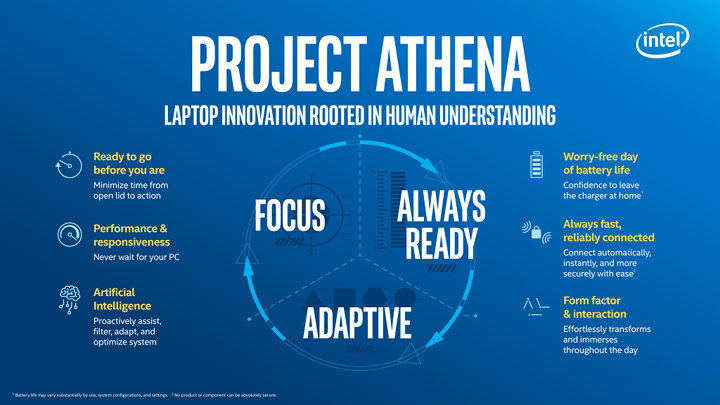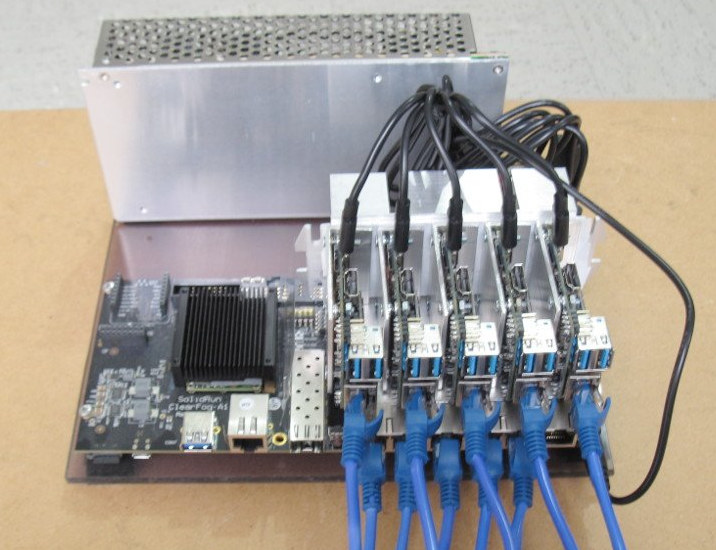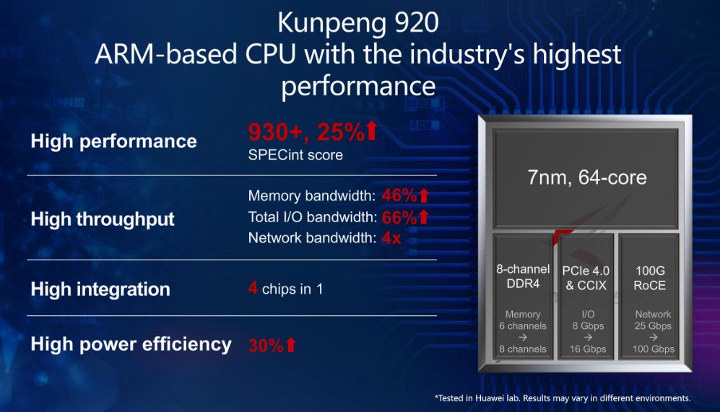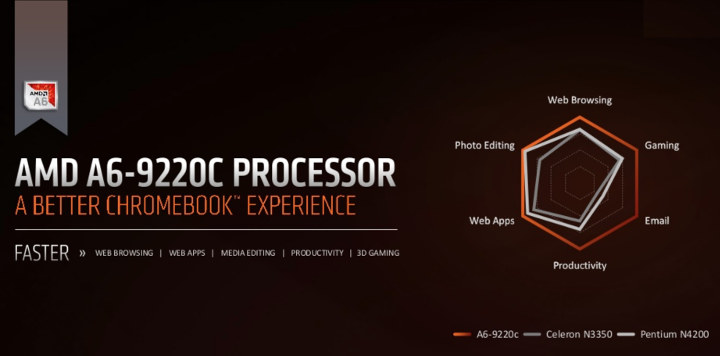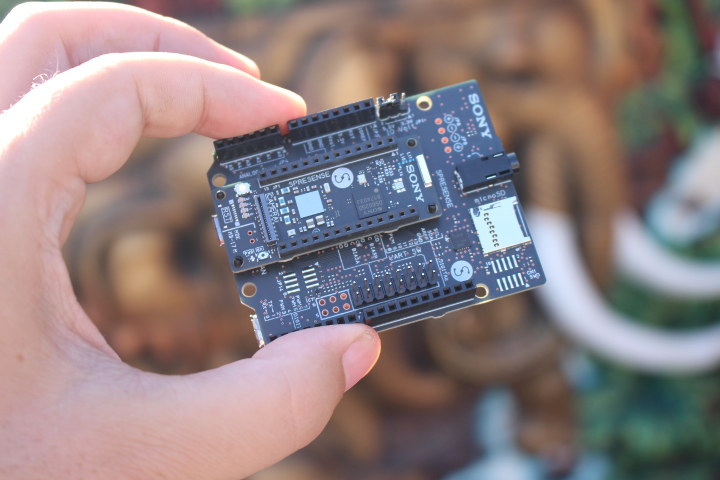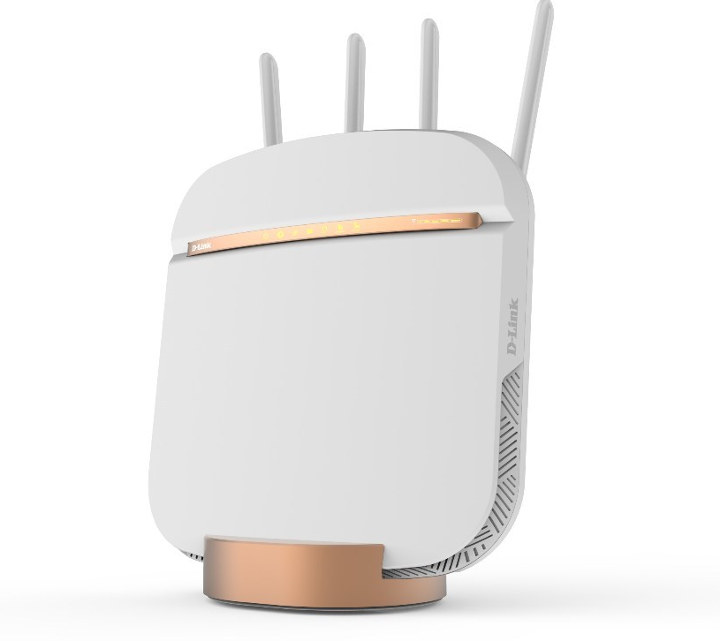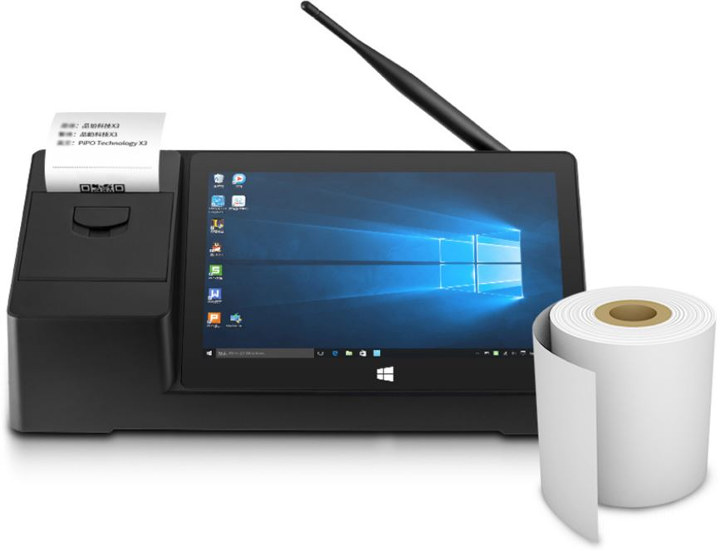Arm, Qualcomm and their partners first introduced always-on always-connected mobile PCs running Windows 10 in 2017 with over 20 hours of battery life and LTE connectivity. The first models delivered on their battery life promise, but they were expensive while delivering underwhelming performance, but the upcoming Snapdragon 8cx processor should address performance concerns. Those type of laptops are still a niche market, and so far Intel and their partners have not delivered similar type of laptops with long battery life, cellular connectivity, and always-on capabilities. That’s where Intel’s Project Athena innovation program comes in. The program that defines a new class of advanced laptops running either Windows or Chrome OS operating systems, offering long battery life, 5G connectivity, artificial intelligence, and consistently powered on. They may not target the 20 hours of battery life like on Arm platform, but the part of the infographic above reads “worry-free day of battery […]
A Look at a Small NanoPi NEO4 Build Farm
FriendlyElec NanoPi NEO4 is currently the cheapest and smallest SBC powered by Rockchip RK3399 hexa-core processor which packs two Cortex A72 “fast” 64-bit cores, and four Cortex-A53 “efficiency” cores, so it should be an obvious candidate if you plan on building an Arm build farm costs to its low cost, small form factor, and relatively good performance. As part of his work on HAProxy load balancer, Willy Tarreau often has to run time-consuming builds for Arm targets, and to speed up the builds he’s put together several Arm based build farms powered by low cost development boards / SBCs. Up to now he had a build farm powered by five MIQI boards featuring Rockchip RK3288 processor with four Cortex-A17 “fast” 32-bit processor, and controlled with a ClearFog Pro networking board. He’s now decided to build another similar build farm but with NanoPi NEO4 boards instead. Willy goes through the hardware […]
Huawei Kunpeng 920 is a 7nm 64-core Armv8 Server Processor
We’ve seen several Armv8 processors for the datacenter launched in recent years from companies like Cavium – now part of Marvell – and Ampere. Another company now joins the fray with Huawei having just introduced their Kunpeng 920 64-core Armv8 processor manufactured with a 7nm process, and offering 8-channel DDR4 RAM, and fast interfaces such as 10GbE and PCIe 4.0. Kunpeng 920 features and specifications: CPU – 64x Armv8 cores clocked at up to 2.6 Ghz delivering a 930 SPECint score Memory I/F – 8x DDR4 @ 2933 MHz for 6 to 8 channels memory Storage – 16x SAS/SATA interfaces High Speed Interfaces – 40x PCIe 4.0 including 16 that can be used for CCIX (Cache Coherent Interconnect for Accelerators); 640 Gbps total bandwidth Networking – 2x 100G RoCE (RDMA over Converged Ethernet) Process – 7nm process The company customized their ARMv8 cores in order to improve performance by optimizing […]
AMD A6-9220C & A4-9120C Low Power Processors Target Chromebooks
Intel will usually release new low power processors under 10W TDP every year, but that has not been the case for AMD, with the company releasing several 12-15W processors in the recent past like Ryzen Embedded V1000 series and the Ryzen 7 2700U processor I’m currently using my Ubuntu laptop. However, AMD has now announced two new A-series processors with a 6W TDP, namely A4-9120C and A6-9220C dual-core processors that specifically target Chromebooks. AMD A4-9120C key features: Processor – 2x CPU cores, 2x CPU threads @ 1.6 GHz / 2.4 GHz (Boost) Cache – 160KB L1 cache, 1MB L2 cache GPU – Radeon R4 graphics with 3x GPU Cores up to 600 MHz, support for H.26x, VP9 decode Memory – Single channel @ 1866 MHz Video Output – HDMI and DisplayPort Process – 28nm CMOS Package – FT4 TDP – 6 watts AMD A6-9220C key features: Processor – 2x CPU […]
Sony Spresense Board Review with NuttX based Spresense SDK
Sony Spresense Arduino compatible board with audio and global navigation satellite systems (GNSS) support and its extension board launched in Japan this summer. The company has now expanded markets, and is offering the boards in the United States and Europe as well. They also tasked an agency to send samples to various reviewers, and I got selected to receive one as well. I’ll start the review by checking out the hardware, shortly discuss software development options, and report my experience with Spresense SDK. Sony Spresense Unboxing I received two packages… … one the main board, and the other for the extension board. The main board package only comes with CXD5602PWBMAIN1 board and an information sheet. The top of the board includes a reset button, four user LEDs, a power LED, a boot recovery button, the camera interface, Sony CXD5247 power management and audio analog interface chip (Black on the photo below, […]
D-Link DWR-2010 5G NR Enhanced Gateway Targets the Home Market
It’s possible to use 3G/4G WiFi router either with built-in support or an external cellular USB dongle, but most people likely do so as a backup solution since fixed broadband Internet is usually cheaper and faster, obviously depending on your location. But things may be different with 5G connectivity as currently announced 5G modems, such as Qualcomm Snapdragon X50 or Samsung Exynos Modem 5100, promise download speeds of up to 5 to 6 Gbps. D-Link has unveiled 5G NR WiFi 5 gateway for the home market with D-Link DWR-2010 right before CES 2019. The 5G NR enhanced gateway supports download speeds that are over 40 times faster than the average fixed broadband speed of 70 Mbps in the US, so that would be close to 3 Gbps. D-Link DWR-2010 5G NR enhanced gateway key features: 5G connectivity Chipset – Qualcomm SDX55 (Snapdragon X55) Embedded 5GNR NSA module (3GPP Rel.15) Sub-6 […]
Necunos NC_1 is a Pricey Open Source Linux “Phone” without Modem
Several weeks ago, I wrote about the upcoming “Necuno Mobile” phone made by a company called Necunos and running Linux on NXP i.MX6 Quad processor. The phone was supposed to be 100% open source hardware which all software and hardware resources to be made available publicly. There has been progress since then, as well as a name change since Necunos NC_1 is now up for pre-order for 1,199 Euros including VAT and international shipping with delivery promised in March 2019. Necunos NC_1 specifications are said to include: SoC – NXP i.MX 6Quad quad-core Arm Cortex-A9 processor with Vivante GPU System Memory – 1GB RAM Storage – 8 GB storage Display – 5″ touchscreen (attached or detached) Audio – 3.5mm audio jack, built-in microphone, and speaker Connectivity – 2.4 GHz 802.11 b/g/n WiFi Misc – Power, volume, and user programmable buttons USB – 1x micro USB port Battery – 3,500 mAh […]
PIPO X3 Windows Mini PC / PoS Integrates a Thermal Printer
PIPO has launched several Windows 10 mini PC with a built-in touchscreen display suitable for PoS (Point of Sale) applications. You just had to connect your own thermal printer and/or barcode scanner. It now appears the company has taken their Atom x5 based PIPO X12 model and redesigned a case around the main board to integrate a thermal printer to print receipts. Meet PIPO X3. PIPO X3 specifications: SoC – Intel Atom x5-Z8350 “Cherry Trail” quad-core processor @ 1.44 GHz / 1.92 GHz (Turbo) with Intel HD graphics 400 System Memory – 2 GB DDR3 Storage – 32 GB flash, and micro SD slot up to 64GB Display – 8.9″ PLS display with 1920×1200 resolution Video Output – HDMI 1.4a output Audio Output – HDMI, 3.5mm audio jack, built-in stereo speaker. Connectivity – 10/100M Ethernet ports, 802.11 b/g/n WiFi 4 and Bluetooth 4.0 with external antenna USB – 3x USB […]


